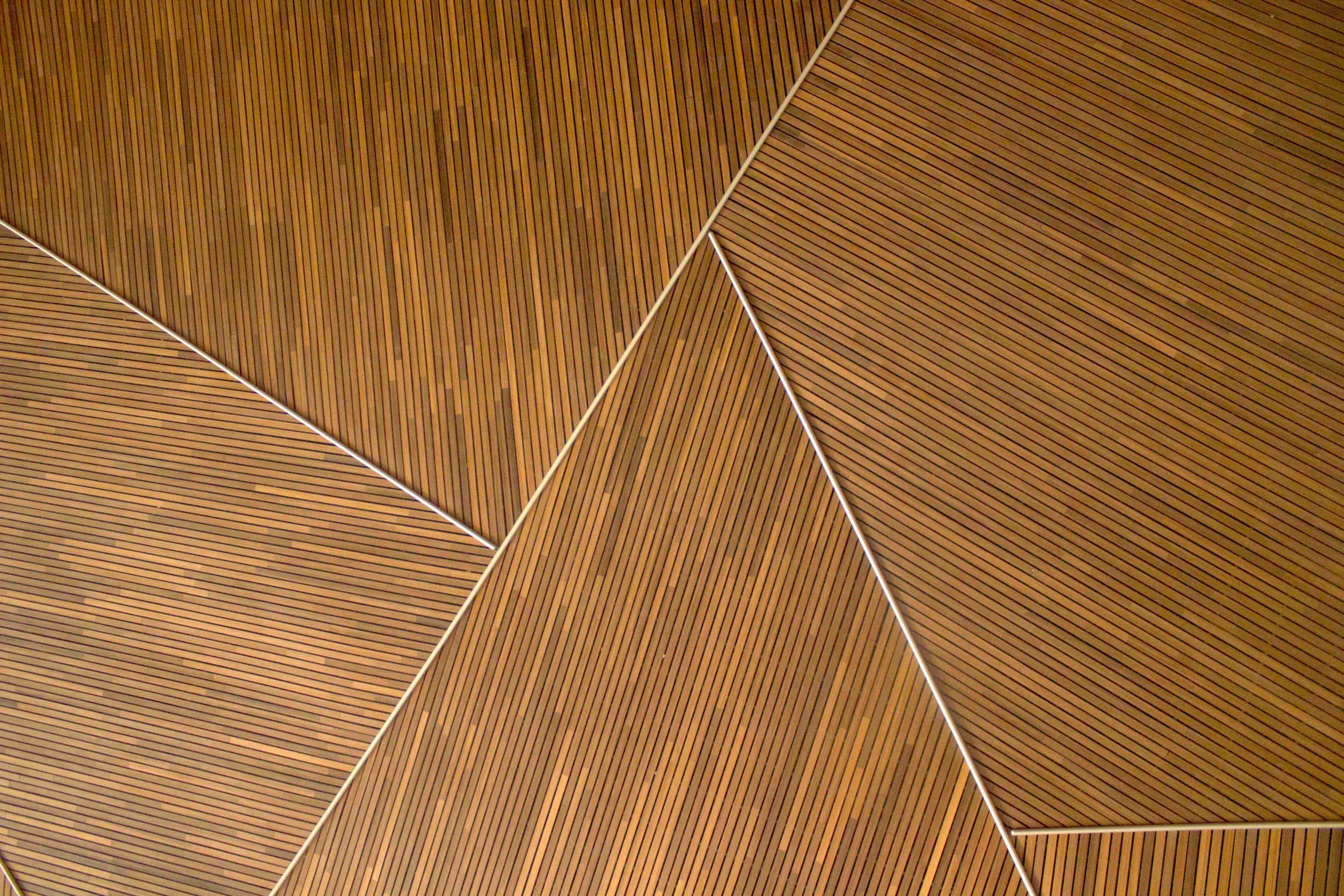
All

From Vine to Glass: A Behind-the-Scenes Look at the Wine Making Process in Napa Valley
From Vine to Glass: A Behind-the-Scenes Look at the Wine Making Process in Napa Valley
Unveiling the Intricacies of Crafting Fine Wines in One of California's Premier Wine Regions
Napa Valley, nestled in the heart of California, is renowned worldwide for its exceptional wines. The region's fertile soil, ideal climate, and skilled winemakers contribute to the production of some of the finest wines in the world. In this blog post, we will take you on a journey from vine to glass, exploring the fascinating process behind crafting these exquisite wines. Join us as we delve into the intricate world of winemaking in Napa Valley.
Section 1: The Art of Grape Cultivation
The wine-making process begins with the careful cultivation of grapevines. Napa Valley's winemakers meticulously select the grape varieties that thrive in the region's unique microclimates. Each vineyard has its own distinct terroir, influencing the flavors and characteristics of the grapes. From the initial planting to the nurturing of the vines, skilled viticulturists employ their expertise to ensure healthy and bountiful grape harvests.
Section 2: Harvesting and Sorting the Grapes
The harvest season, known as "crush," is an exciting time in Napa Valley. Hand-picking or using state-of-the-art machinery, workers carefully harvest the grapes at their optimal ripeness. Once harvested, the grapes are sorted meticulously to remove any damaged or unripe berries. This attention to detail ensures that only the highest quality fruit is used in the winemaking process.
Section 3: Fermentation and Aging
After sorting, the grapes are gently crushed to release their juice, which is then transferred to fermentation tanks. Yeast is added to initiate fermentation, where sugars are converted into alcohol. This stage is crucial in determining the style and character of the wine. Red wines undergo maceration, where the grape skins remain in contact with the juice, extracting color, tannins, and flavors. White wines are typically pressed immediately to separate the juice from the skins.
Once fermentation is complete, the wines are aged in various vessels, such as oak barrels or stainless steel tanks. This aging process imparts complexity, structure, and subtle nuances to the wines. Winemakers carefully monitor and taste the wines during this period, making crucial decisions to ensure the desired flavor profile is achieved.
According to renowned winemaker, Robert Mondavi, "Making good wine is a skill. Fine wine is an art." This quote encapsulates the dedication and craftsmanship required to create exceptional wines in Napa Valley. (Source: Wine Spectator)
Section 4: Blending and Bottling
Blending is an art form that allows winemakers to create harmonious and balanced wines. Different grape varieties and vineyard lots are carefully selected and combined to achieve the desired flavor profile. The winemaker's expertise lies in finding the perfect balance between acidity, tannins, and fruit characteristics.
Once the final blend is determined, the wine is ready for bottling. Wineries employ state-of-the-art equipment to ensure precision and consistency during this crucial stage. Each bottle is meticulously filled, corked, labeled, and prepared for distribution.
The wine-making process in Napa Valley is a labor of love, combining science, artistry, and tradition. From the careful cultivation of grapevines to the blending and bottling of the final product, every step is infused with passion and expertise. The result is a collection of world-class wines that epitomize the essence of Napa Valley. So, the next time you uncork a bottle of Napa Valley wine, savor every sip and appreciate the incredible journey it took from vine to glass.
Related Posts
© 2025 Invastor. All Rights Reserved

User Comments